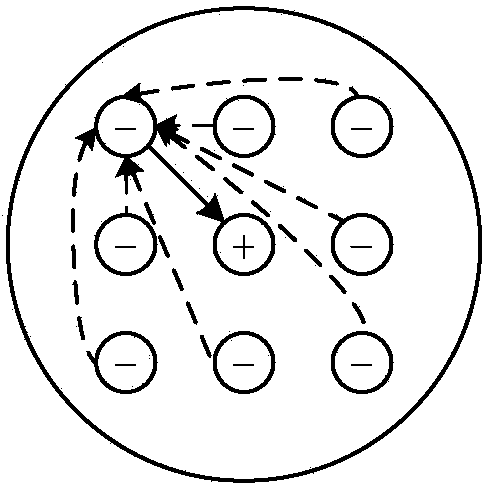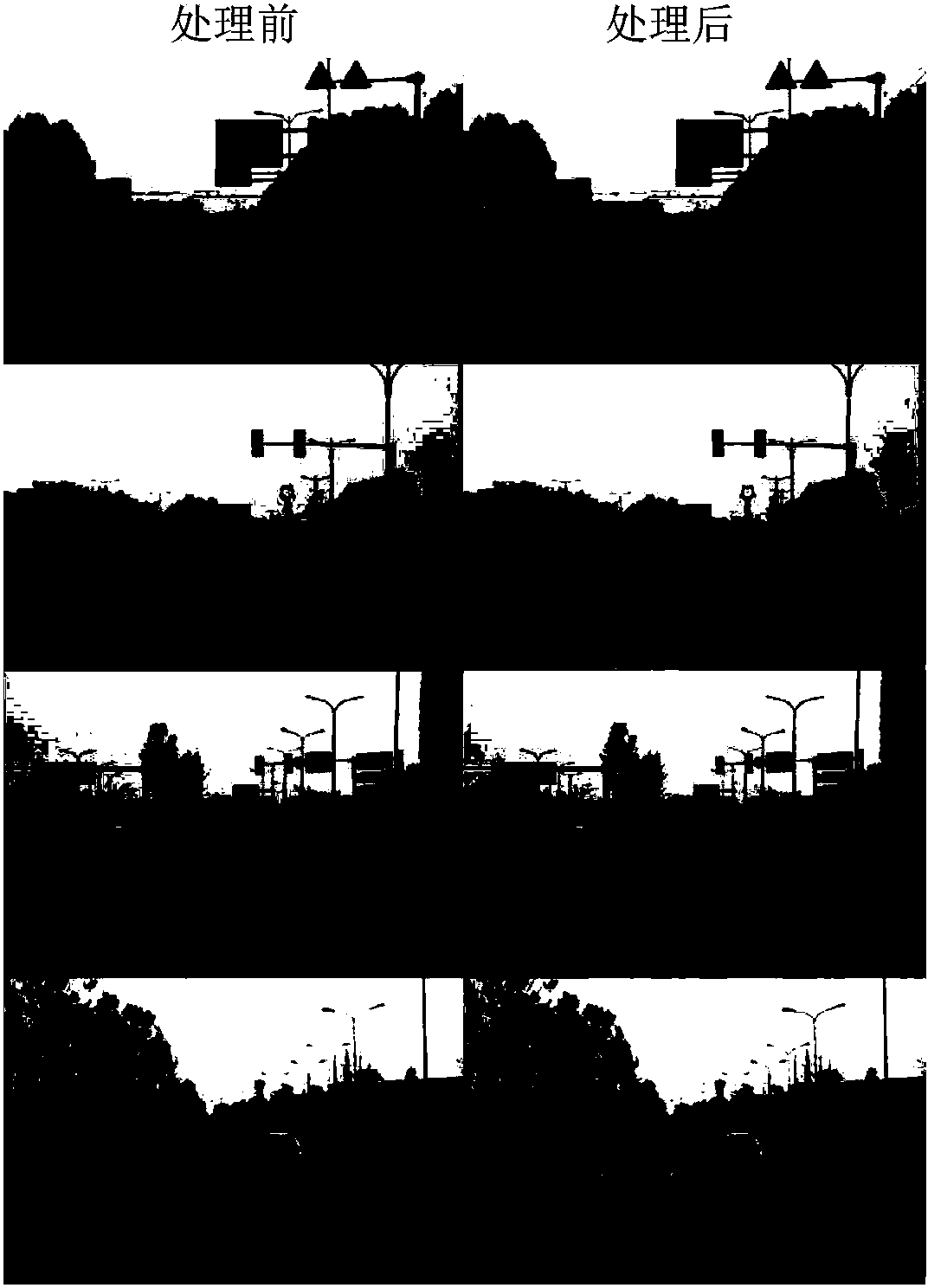Image defogging method based on biological vision mechanism
A biological vision and image technology, applied in the field of image processing, can solve problems such as high computational cost of homomorphic filtering, loss of local detail information, difficulty in selecting filter parameters of Retinex algorithm, etc.
- Summary
- Abstract
- Description
- Claims
- Application Information
AI Technical Summary
Problems solved by technology
Method used
Image
Examples
Embodiment Construction
[0040] Based on the human visual cognition mechanism, the present invention proposes an image defogging method that simulates a non-classical receptive field, which can maintain details and at the same time achieve fast defogging enhancement for a single image without a priori. In the visual system, individual visual neurons respond to stimuli within a specific region of the visual field, known as the neuron's receptive field. Outside of this region, there exists a larger non-classical receptive field that influences neuronal responses. The receptive field of the retina has a structure around the center, and there is a large-scale disinhibited area composed of multiple subregions in the periphery, which inhibits the inhibition of the periphery to the center, which is neither a classical receptive field (such as figure 1 shown).
[0041] The perception of color starts from the three types of cone cells corresponding to the three primary colors of red, green, and blue: L, M, an...
PUM
 Login to View More
Login to View More Abstract
Description
Claims
Application Information
 Login to View More
Login to View More - R&D
- Intellectual Property
- Life Sciences
- Materials
- Tech Scout
- Unparalleled Data Quality
- Higher Quality Content
- 60% Fewer Hallucinations
Browse by: Latest US Patents, China's latest patents, Technical Efficacy Thesaurus, Application Domain, Technology Topic, Popular Technical Reports.
© 2025 PatSnap. All rights reserved.Legal|Privacy policy|Modern Slavery Act Transparency Statement|Sitemap|About US| Contact US: help@patsnap.com



